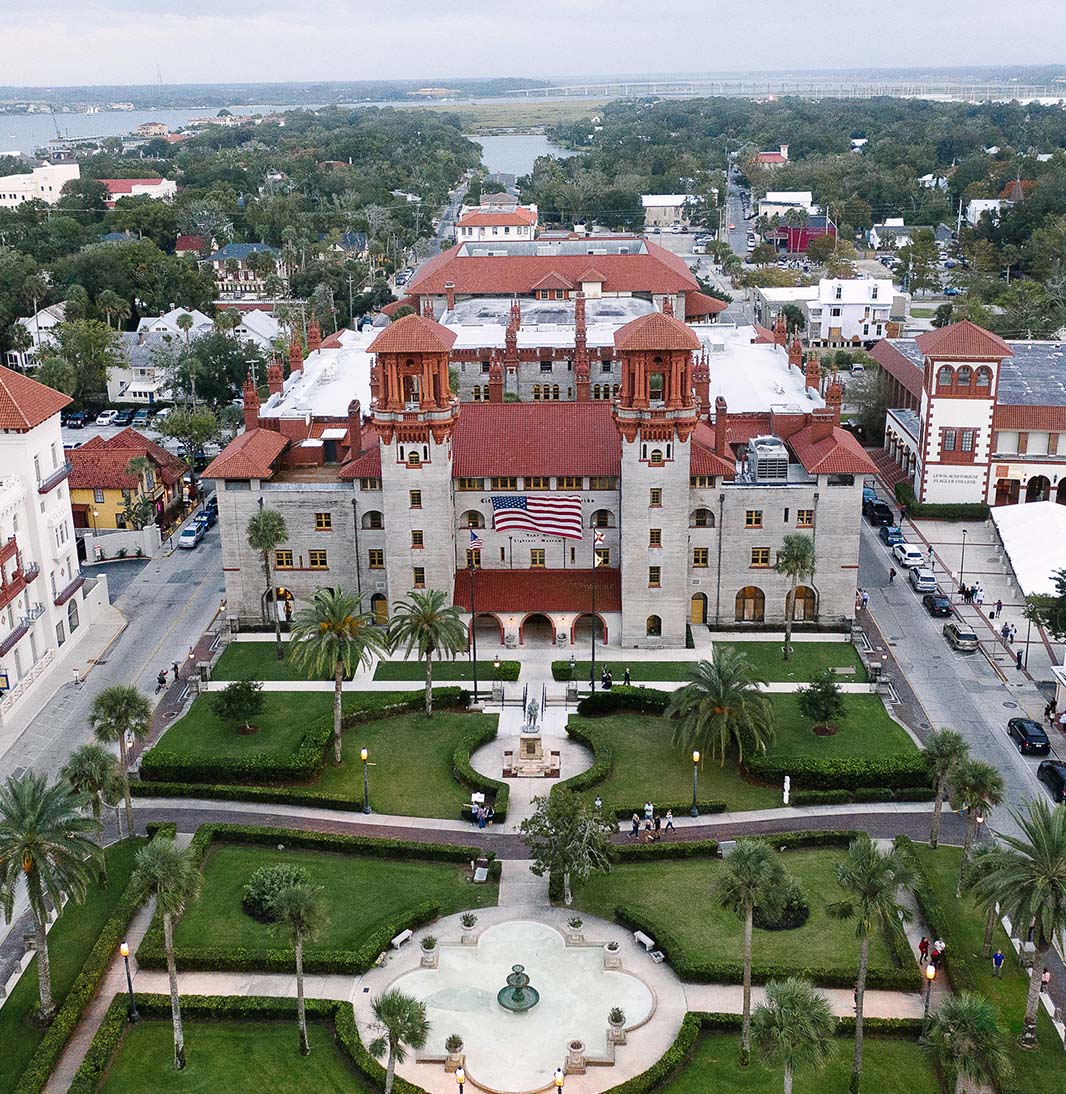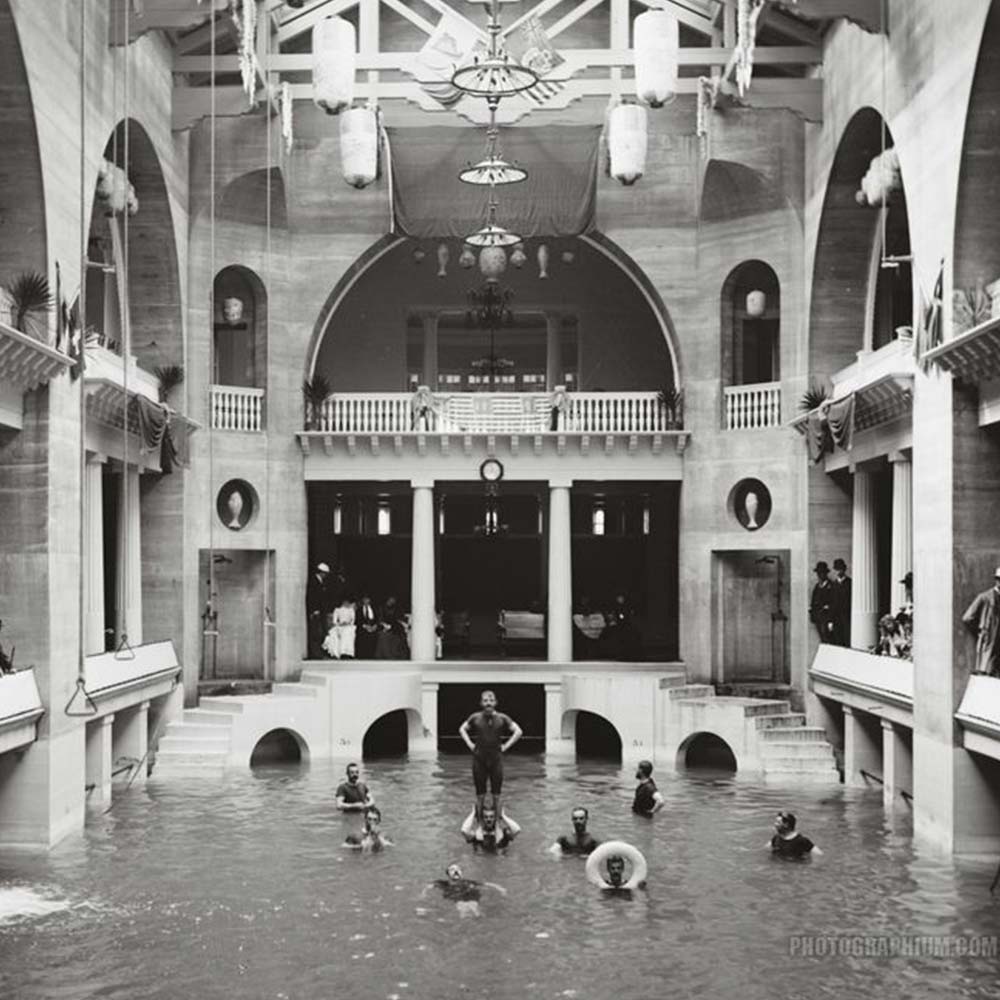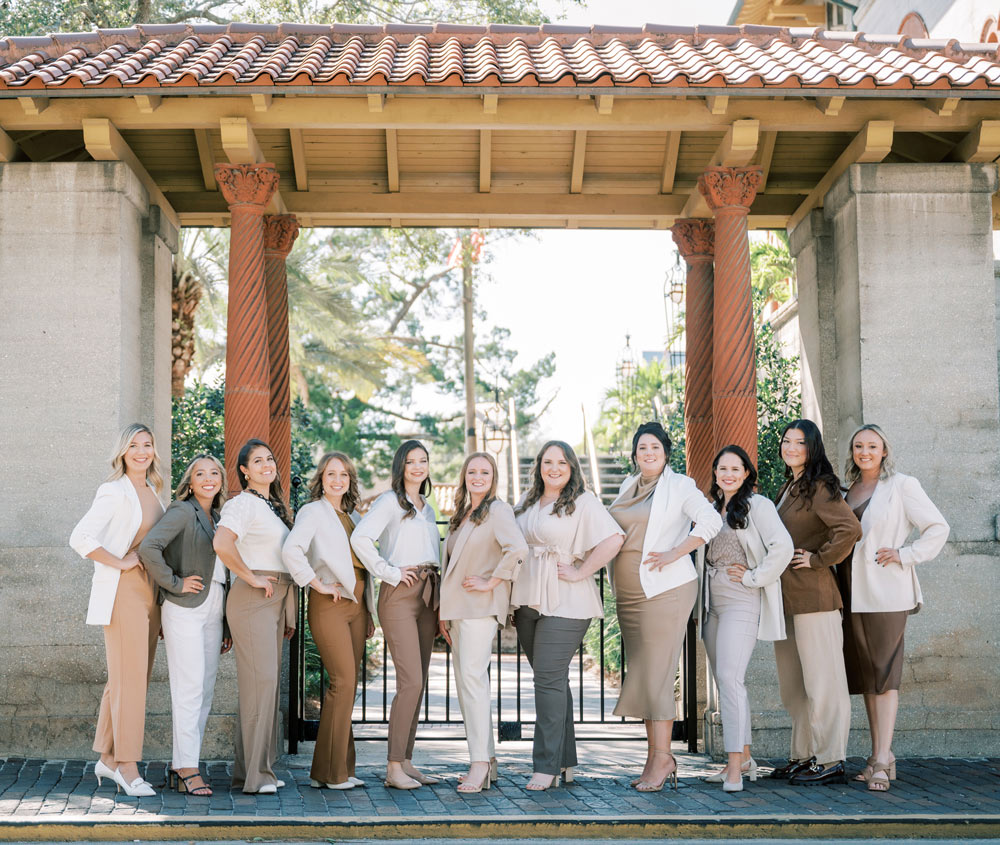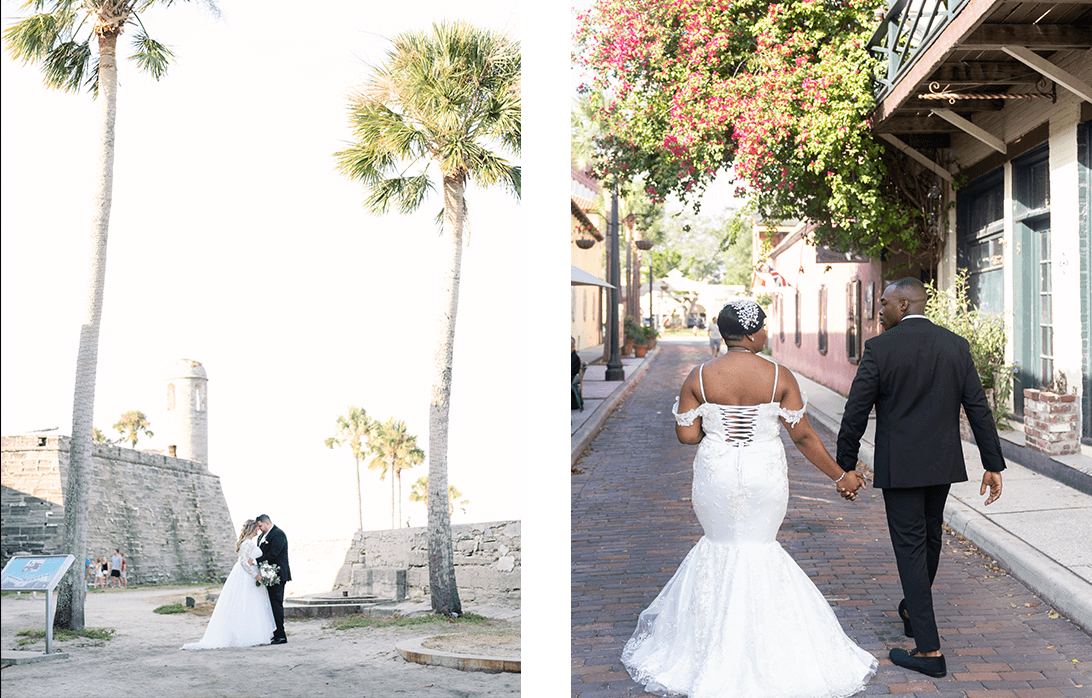1887: Construction Begins on the Alcazar Hotel
Our story begins in 1887, when oil baron and railroad tycoon Henry Flagler commissioned the Alcazar, a grand Gilded Age resort hotel, to appeal to wealthy tourists traveling south for the winter on his railroad. This was the second hotel built by Flagler as a part of his dream to turn St. Augustine into a southern Riviera. He also built the Ponce de Leon Hotel, which now houses Flagler College.
















